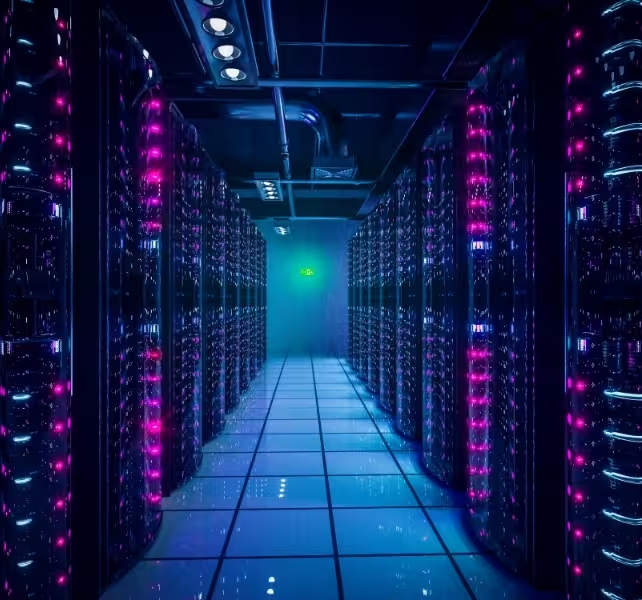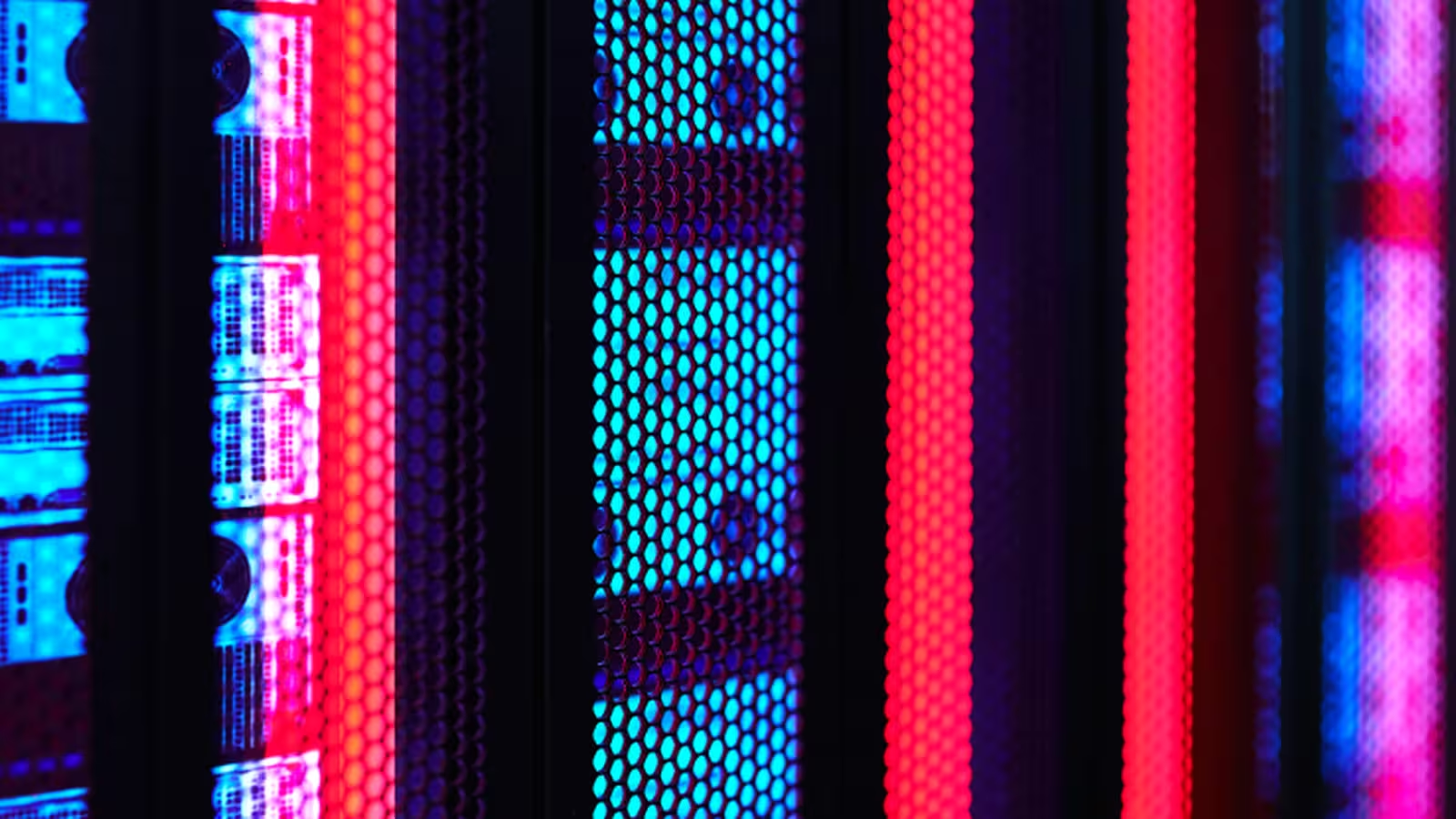4 Minutes
The Rapid Surge of AI Sparks Global Energy Concerns
As artificial intelligence (AI) transforms industries and daily life at an unprecedented pace, technology leaders worldwide are facing a fundamental challenge: reducing the enormous energy demands of AI infrastructure. Powerful algorithms, driven by massive data centers, require ever-increasing computing capabilities, putting immense pressure on global energy resources.
According to the International Energy Agency, data centers—the backbone of modern AI innovations—could account for up to 3% of the world’s electricity consumption by 2030. This figure is expected to double today’s levels, intensifying the race among tech giants to devise energy-efficient solutions and prevent a looming power crisis.
Building Smarter Data Centers: The Quest for Sustainability
Consultancies like McKinsey highlight that the global tech sector is in a high-stakes race to scale up data center capacity fast enough to meet AI’s relentless growth, while also reckoning with predictions of potential electricity shortages in the coming decade.
Mosharaf Chowdhury, a leading computer science professor at the University of Michigan, explains, “There are two main avenues: boosting the energy supply, or reducing the energy required for the same computational workload.” With power grids and infrastructure upgrades taking significant time and investment, the focus is increasingly shifting toward innovation in technology and engineering.
Innovations in AI Hardware and Software
Researchers are making breakthroughs at every layer of technology—from physical hardware to intelligent software platforms. Chowdhury’s lab has pioneered algorithms that dynamically adapt power usage across AI chips, resulting in an energy reduction of up to 30% per chip compared to conventional approaches.
Twenty years ago, the energy needed to operate a data center's cooling and support systems was nearly equal to actually running the servers. As Gareth Williams of engineering consultancy Arup notes, modern operational overheads now represent just 10% of standard server energy consumption—a testament to diligent efficiency improvements.
AI-Driven Cooling: From Sensors to Liquid Technology
Forward-thinking data centers are harnessing AI-powered sensors for real-time monitoring and optimization of cooling, targeting specific server zones rather than entire buildings. This granular approach allows facilities to minimize both water and electricity usage.
One of the most promising advances is liquid cooling. Unlike traditional, energy-intensive air conditioning systems, liquid coolants circulate directly through server hardware—dramatically improving heat dissipation for next-generation AI chips. With companies like Nvidia supplying chips that use 100 times more energy than older servers, leaders such as AWS (Amazon Web Services) are debuting proprietary liquid-cooling solutions that retrofit existing data centers, sidestepping the need for costly rebuilds.

Comparing Technologies: Efficiency, Features, and Market Impact
Every new generation of processors—whether for deep learning, advanced analytics, or generative AI—delivers improved energy efficiency. McKinsey’s Pankaj Sachdeva and researchers at Purdue University note that contemporary AI chips not only perform more efficiently but maintain performance for longer lifespans, potentially slowing the rate at which old hardware is replaced.
Despite these gains, total energy use is climbing higher as AI adoption scales globally. Purdue’s Yi Ding remarks, “Efficiency increases will temper growth in power usage, but won’t reverse it entirely—as AI systems become increasingly pervasive.”
Global Competition: U.S. vs. China in the AI Energy Race
In the geopolitical landscape, energy is now seen as fundamental to maintaining national leadership in artificial intelligence. The U.S. and China are in a race not only for technological supremacy but also for securing cleaner, abundant power sources—ranging from renewables to advanced nuclear.
A recent example is Chinese AI startup DeepSeek, which developed a model matching the performance of leading U.S. systems while utilizing less powerful and less energy-intensive hardware. By refining GPU programming and omitting traditionally energy-hungry training steps, DeepSeek slashed power consumption, showcasing the role of “smart programming” as a major differentiator.
The Road Ahead: Sustainable AI for the Digital Age
As AI continues to reshape everything from cloud computing to industrial automation, finding solutions to its energy consumption crisis is paramount. The industry’s future will hinge on ongoing innovation—spanning liquid cooling, AI optimization, chip design, and more—to achieve sustainable, scalable growth.
For technology leaders and policymakers alike, these energy challenges reflect a broader need: ensuring that the next wave of AI doesn’t outpace the world’s capacity to power it. The race to build smarter, greener digital infrastructure is officially on, with the outcome set to define the global tech landscape for years to come.
Source: sciencealert



Comments